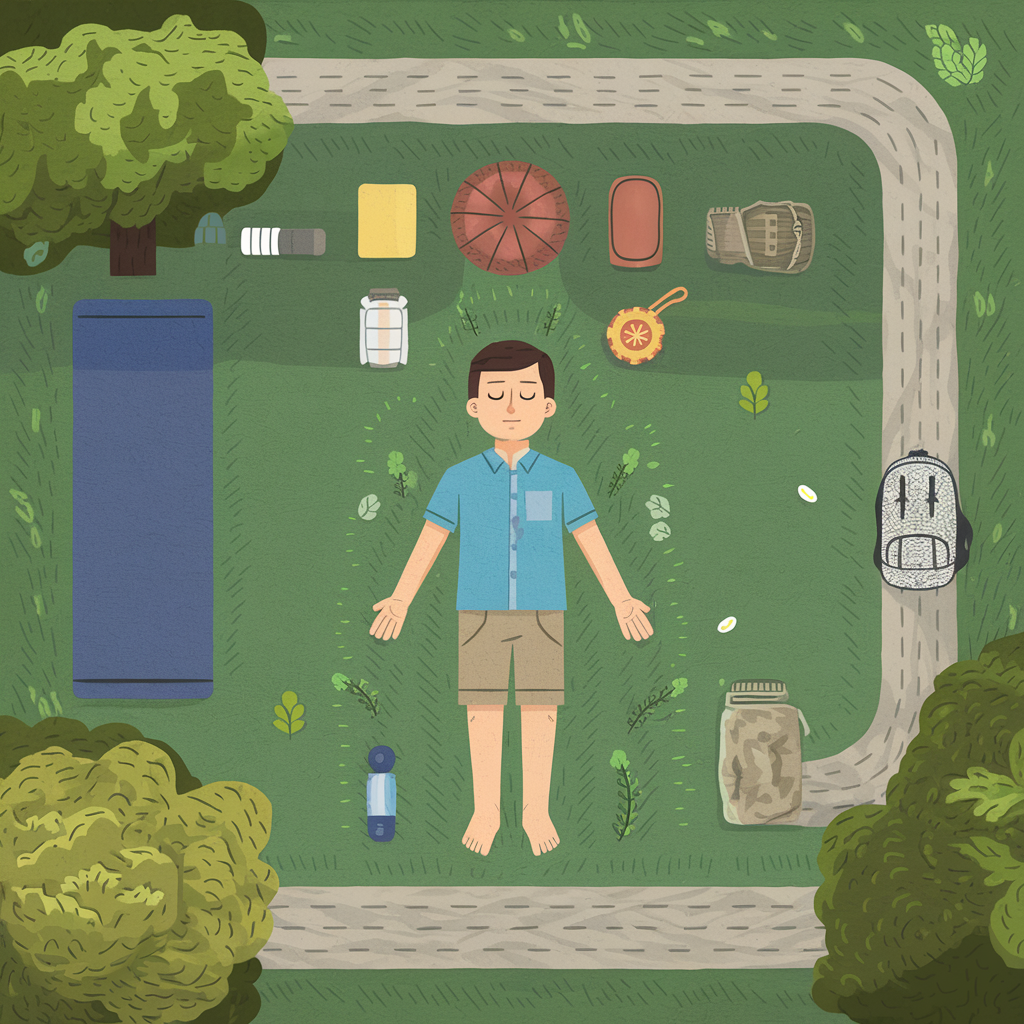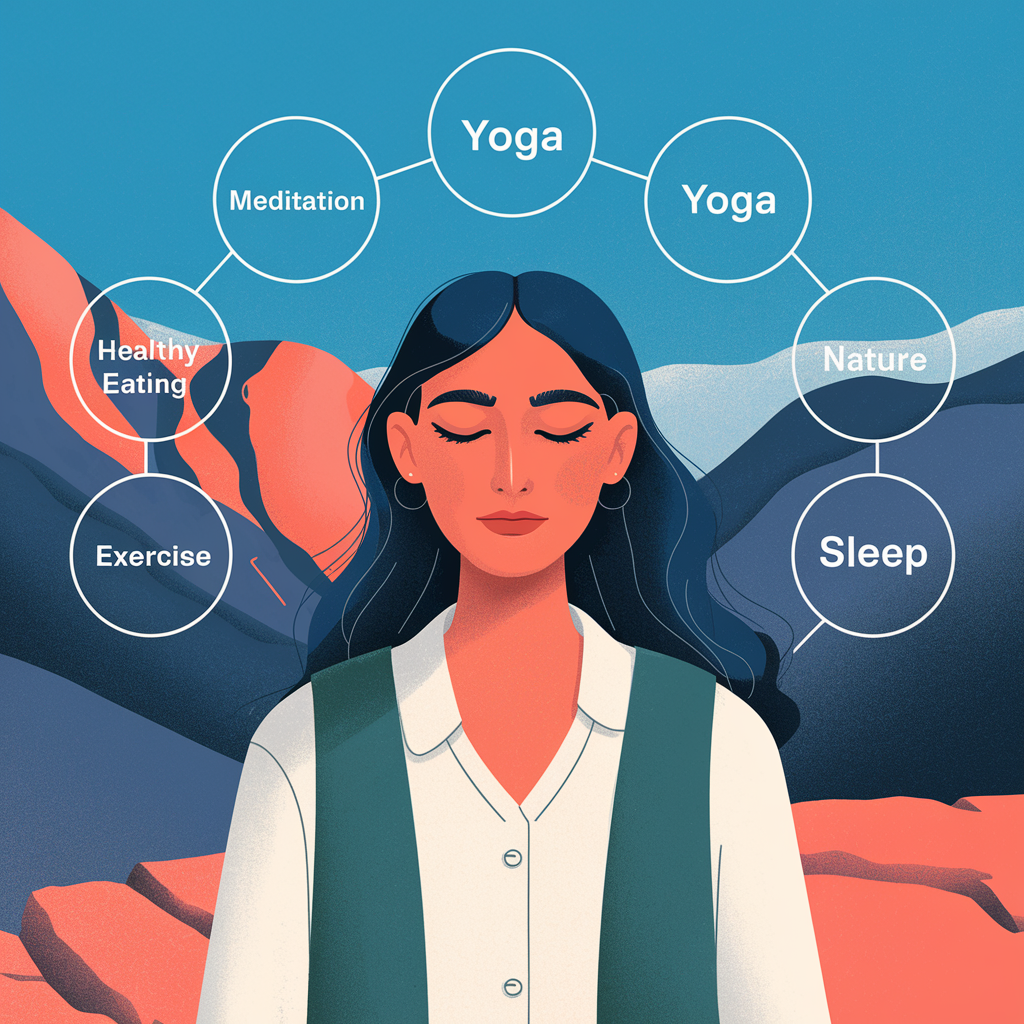In today’s fast-paced world, prioritizing rest and recovery has never been more essential. Whether it’s recuperating after intense physical activity, managing stress, or recovering mental energy, recuperbate emphasizes a unique blend of techniques and philosophies focused on holistic well-being. For those eager to elevate their self-care routine, this article will explore everything you need to know about recuperbate and how it can significantly improve your overall health and resilience.
Understanding Recuperbate and Its Importance
Recuperbate is more than just a buzzword; it’s a philosophy centered on complete recovery. This concept encourages individuals to engage in restorative practices that nurture both mind and body, particularly following periods of exertion, stress, or illness. People are increasingly aware of the importance of recovery, and with recuperbate, the focus extends beyond physical health to embrace mental and emotional renewal. Given its comprehensive approach, recuperbate has emerged as a cornerstone of wellness practices worldwide.
How Recuperbate Can Transform Your Health
Physical and mental health often go hand in hand, yet they require specific, tailored care. Recuperbate provides a roadmap for both, aiming to create a balance between effort and relaxation. As recuperbate practices are introduced, individuals can experience improvements in energy, mental clarity, and physical well-being. Through activities like controlled breathing exercises, stretching, meditation, and other targeted methods, recuperbate helps reduce stress and promote faster recovery. Many users report that by implementing recuperbate principles, they experience improved concentration, resilience, and even mood stabilization.
Core Principles Behind Recuperbate
At the heart of recuperbate are several foundational principles that guide its practice. These principles encourage a holistic view of recovery, addressing both short-term needs and long-term wellness. Core concepts include mindfulness, relaxation techniques, physical rejuvenation, and sustainable self-care routines. Incorporating these principles into daily life allows individuals to benefit from structured recovery times that ultimately lead to higher energy levels and better mental resilience.
Why Rest and Recovery Are Essential in Recuperbate
Recovery isn’t just a luxury—it’s a necessity, especially when aiming for optimal health. Recuperbate highlights the need for structured rest periods, not only after physical activities like workouts but also after mental exertion. This form of recovery gives the body time to repair, adapt, and strengthen, helping to prevent fatigue and enhance overall productivity. In a world where hustle culture often takes center stage, recuperbate reminds us of the power of rest as a cornerstone of sustainable wellness.
Techniques in Recuperbate for Physical Recovery
Physical recovery is a central focus of recuperbate, which offers a wide range of techniques to support it. Gentle stretching, for example, aids in loosening tight muscles and increasing blood circulation, which helps the body heal after physical activity. Other common methods include foam rolling, hydrotherapy, and targeted breathing exercises, each offering unique benefits that speed up the body’s recovery. These practices not only relieve muscle tension but also reduce the risk of injury, making them vital for active individuals.
Mental Relaxation as a Key Element in Recuperbate
Mental relaxation is equally important within the recuperbate framework. Mindfulness meditation, journaling, and guided visualization help promote relaxation by reducing mental strain and improving focus. For many, recuperbate practices such as these provide a pathway to handle stress more effectively. By consciously setting aside time to unwind and decompress, people can better manage their thoughts and emotions, ultimately leading to increased mental resilience.
Sleep Optimization in Recuperbate
Sleep is a non-negotiable part of recuperbate, as it plays a fundamental role in the body’s healing and recovery processes. Quality sleep promotes muscle repair, mental clarity, and immune function. Recuperbate encourages individuals to practice sleep hygiene by creating a consistent bedtime routine, reducing screen time before sleep, and ensuring a comfortable sleeping environment. As these sleep-centered practices are adopted, individuals often find themselves waking up more refreshed and ready to tackle their day.
Diet and Nutrition in Recuperbate
The food we consume has a significant impact on recovery. A well-balanced diet that includes adequate protein, healthy fats, and essential vitamins supports the body’s natural repair mechanisms. Recuperbate emphasizes the importance of consuming nutrient-rich foods that aid in recovery, such as leafy greens, lean proteins, and whole grains. Hydration is equally critical, as water supports cellular repair and muscle function. Through proper nutrition and hydration, recuperbate ensures that the body has the resources it needs to rebuild and recharge.
Mindfulness and Its Role in Recuperbate
Mindfulness practices form a cornerstone of recuperbate, helping individuals to focus on the present and foster a calm state of mind. Mindfulness-based techniques such as breathing exercises and guided meditation are commonly used to reduce stress, clear mental clutter, and enhance concentration. Recuperbate encourages setting aside time each day for mindfulness, as even a few minutes of focused breathing or meditation can yield significant mental health benefits.
The Power of Stretching and Flexibility in Recuperbate
Incorporating stretching into a recuperbate routine can be incredibly beneficial for the muscles and joints. Dynamic stretching before activity and static stretching afterward can improve flexibility and reduce the risk of injury. Additionally, stretching encourages blood flow to the muscles, facilitating the recovery process. Recuperbate advocates for making stretching a daily habit, especially for those who engage in high-impact activities or spend extended periods sitting at work.
Hydrotherapy and Its Impact on Recuperbate
Hydrotherapy, or the use of water for pain relief and treatment, has become an integral aspect of recuperbate. Hot baths, cold compresses, and even hydro massages help to soothe sore muscles and reduce inflammation. Immersing oneself in water also provides a feeling of weightlessness, which can alleviate joint pressure. Hydrotherapy is not only effective for physical recovery but also helps to ease mental tension, making it a versatile addition to any recuperbate routine.
Emotional Wellness and Recuperbate
Emotional wellness is a crucial part of recuperbate, often achieved through reflective practices such as journaling, self-reflection, and gratitude exercises. These practices allow individuals to process emotions, identify areas of stress, and find constructive ways to handle them. Emotional recovery plays a significant role in overall well-being, as unresolved stress can accumulate, negatively impacting physical health. Through recuperbate, people can better manage their emotions and foster a sense of inner peace.
Tools and Resources for Practicing Recuperbate
To aid individuals on their recuperbate journey, several tools and resources are available. Apps for mindfulness and guided meditation, foam rollers, and yoga mats are commonly used in recuperbate practices. These tools not only enhance the quality of each session but also make it easier to incorporate recuperbate into daily life. For those new to recuperbate, online resources and videos provide a wealth of information, guiding them through effective recovery techniques step by step.
Recuperbate and the Benefits of a Routine
Creating a routine around recuperbate ensures that recovery becomes an integral part of daily life rather than an occasional luxury. Establishing specific times for rest, mindfulness, and physical recovery activities can lead to lasting benefits. People who maintain a routine often experience better sleep, increased focus, and greater physical endurance. Furthermore, a consistent recuperbate routine encourages a balanced lifestyle, promoting both productivity and relaxation.
Incorporating Recuperbate into Daily Life
Adopting recuperbate doesn’t require major lifestyle changes; rather, it’s about making small, sustainable adjustments. Incorporating recuperbate practices into daily life can be as simple as dedicating a few minutes to stretch, journal, or practice mindfulness. By consistently investing time in these activities, people gradually build resilience, making it easier to handle stress and recover from both mental and physical strain.
The Long-Term Effects of Recuperbate
Over time, recuperbate can have profound effects on overall well-being. Improved physical recovery, enhanced mental clarity, and better emotional balance are just a few of the long-term benefits. Many people who consistently practice recuperbate report fewer instances of burnout, improved mood, and increased productivity. By prioritizing recovery, individuals create a solid foundation for a healthier, more resilient life.
How to Get Started with Recuperbate
For beginners, starting a recuperbate routine may seem daunting. However, the key is to start small and gradually incorporate more techniques over time. Begin with basic breathing exercises, a stretching routine, or a short meditation session. Over time, these practices can be expanded as comfort grows. Resources like recuperbate-specific apps, online guides, and wellness communities provide support and make it easier to establish a recovery-focused lifestyle.
Recuperbate: A Path to Holistic Health
Ultimately, recuperbate offers a holistic approach to recovery that supports mental, physical, and emotional well-being. Through consistent practice, recuperbate becomes more than a routine—it evolves into a lifestyle that enhances quality of life and encourages self-awareness. The beauty of recuperbate lies in its adaptability; it can be tailored to fit individual needs and lifestyles, making it accessible for anyone looking to improve their health and resilience.
FAQs
What is recuperbate and how does it work?
Recuperbate is a holistic recovery practice focusing on mental, physical, and emotional well-being. It combines techniques like mindfulness, stretching, and sleep optimization to support comprehensive recovery.
How does recuperbate improve mental health?
By incorporating mindfulness and relaxation techniques, recuperbate helps reduce stress, improve focus, and promote mental clarity.
Can anyone practice recuperbate?
Yes, recuperbate is accessible to all and can be easily tailored to fit individual needs, making it suitable for people of all ages and fitness levels.
What tools can enhance a recuperbate routine?
Common tools include yoga mats, foam rollers, and apps for guided meditation, which help improve both the quality and consistency of recuperbate sessions.
Is recuperbate effective for physical recovery?
Absolutely. Techniques like stretching, hydrotherapy, and mindful breathing are essential in recuperbate, aiding in muscle relaxation, reduced tension, and faster recovery.
How is sleep incorporated into recuperbate?
Quality sleep is central to recuperbate, as it aids in muscle repair and mental clarity. Practices like establishing a bedtime routine and reducing screen time before sleep are recommended.
How can I start my recuperbate journey?
Begin with simple practices like mindfulness or light stretching, and gradually incorporate more techniques. Online resources and wellness apps can guide you.









